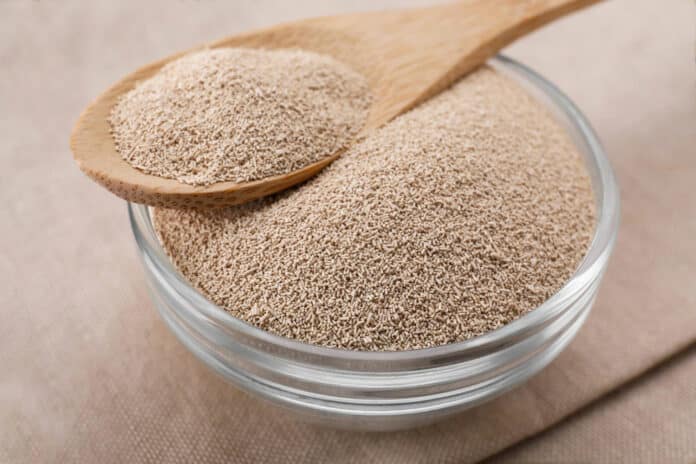As a part of the biggest project ever in synthetic biology, the international synthetic yeast genome collaboration- named Sc2.0- has completed the construction of a synthetic chromosome. Scientists have completed constructing one of the 16 chromosomes of the yeast genome.
They constructed the synthetic yeast chromosome XI (synXI) and revealed the effects of redesign at non-coding DNA elements.
It has been created using new features that provide cells with unique capabilities not seen in the natural world. Thanks to one of these qualities, scientists can make millions of distinct cell variants with varying properties by forcing the cells to shuffle their gene content. Then, individuals with better qualities can be chosen for various uses in biotechnology, bioenergy, and medicine. In essence, the procedure is supercharged evolution.
This project is the first attempt to create a synthetic eukaryote genome, a class of living things that includes fungi, plants, and animals. The chosen organism for the endeavor was yeast because of its comparatively small genome and natural capacity to join DNA, which allowed scientists to create synthetic chromosomes inside the yeast cells.
Yeast has a long history with humans; over thousands of years, we domesticated it for baking and brewing, and more recently, we used it to produce chemicals and as a model organism to understand how our cells function. Because of this link, yeast’s genetics are more understood than any other organism’s. Yeast was the apparent choice because of these qualities.
The team has demonstrated that its chromosome may be repurposed as a novel tool for investigating extrachromosomal circular DNAs, or eccDNAs. These free-floating DNA circles have “looped out” of the genome. They are being identified increasingly as aging-related variables, causes of malignant growth, and a factor in the resistance to chemotherapy in a variety of cancers, including brain tumors from glioblastoma.
Dr Ben Blount, one of the lead scientists on the project, is an Assistant Professor in the School of Life Sciences at the University of Nottingham. He said: “The synthetic chromosomes are massive technical achievements in their own right, but will also open up a huge range of new abilities for how we study and apply biology. This could range from creating new microbial strains for greener bioproduction to helping us understand and combat disease.”
Professor Tom Ellis from the Centre for Synthetic Biology and Department of Bioengineering at Imperial College London said: “By constructing a redesigned chromosome from telomere to telomere and showing it can replace a natural chromosome just fine, our team’s work establishes the foundations for designing and making synthetic chromosomes and even genomes for complex organisms like plants and animals.”
Journal Reference:
- Benjamin A. Blount, Xinyu Lu, Maureen R.M. Driessen et al. Synthetic yeast chromosome XI design provides a testbed for the study of extrachromosomal circular DNA dynamics. Cell Genomics. DOI: 10.1016/j.xgen.2023.100418
